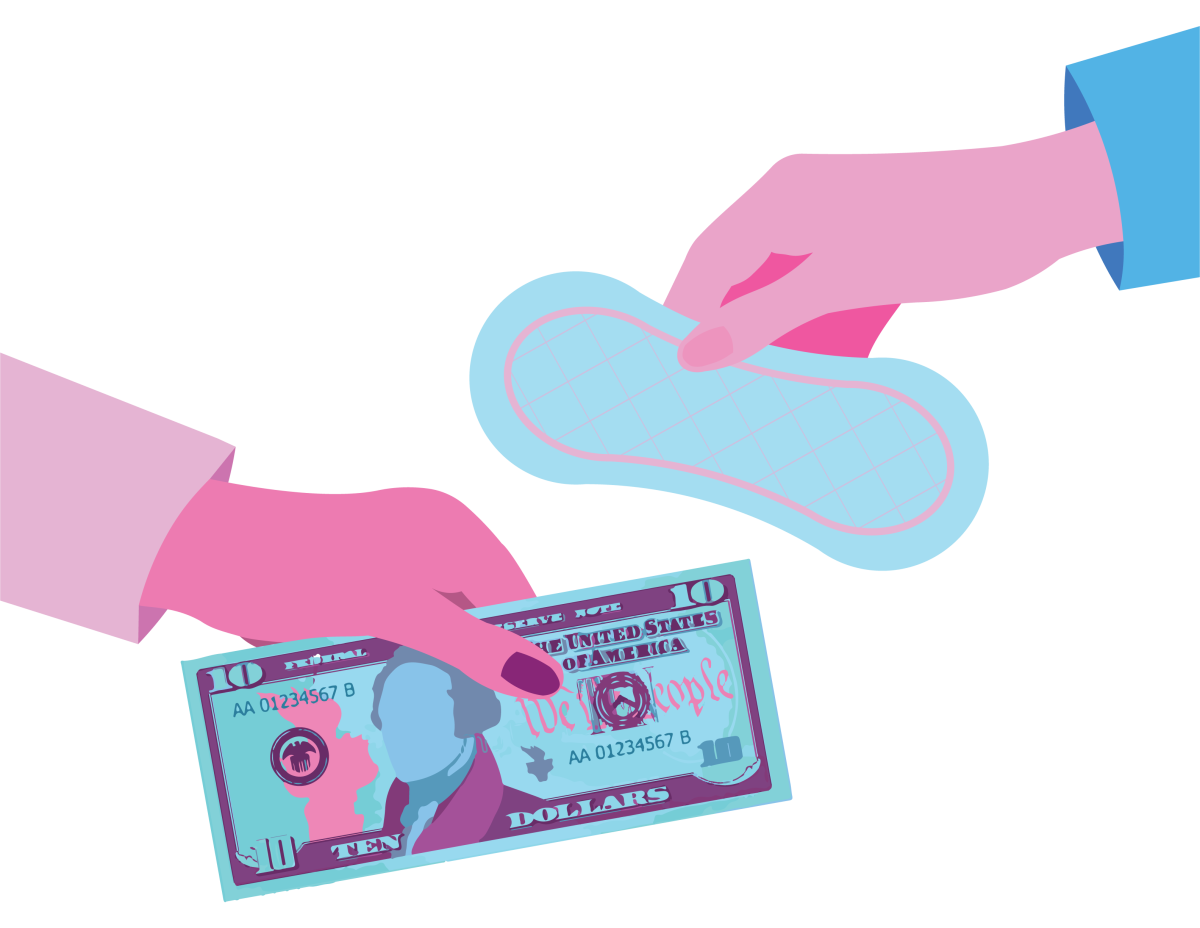Individuals are struggling to find products for menstruation at a cost they can afford. This phenomenon is called “period poverty,” and it affects people with periods virtually everywhere.
Menstruation has always had an unhealthy stigma surrounding it, with 58% of women in the United States feeling ashamed of their periods; not to mention the gross amount of misinformation amongst those who do not experience periods. The lack of education around menstruation and how to properly use menstrual products is astounding, and has only exacerbated the issue of procuring menstrual products for people with periods around the world.
Unfortunately, the excessive tax on products that are necessary for half of the population’s menstrual needs only aggravates this issue. A 2020 study from the American College of Obstetricians and Gynecologists found that 19 states’ tax rates for items including menstruation products ranged from 6% to 7.99%. Twelve were greater than 8%, and only four states were less than 6%. For the millions of women living in poverty in the U.S., this tax can be debilitating and inaccessible.
In schools, including college campuses, this situation can be especially difficult for students. In another study, out of 1,321 respondents, 1,065 people (81.3%) stated they had to choose between menstrual products or other important expenses, and 624 people (47.6%) stated they or someone they knew had struggled to get access to menstrual products.
At St. Joe’s, Operation Tampon and The Women’s Center provide free period products in several campus buildings’ women’s and all-gender bathrooms for people who may need them. Despite this important step forward in combating this issue on campus, it’s a shame that it has to be done. Period poverty is a serious problem, and more steps must be taken for people to be able to acquire what they need without the economic strain.















































